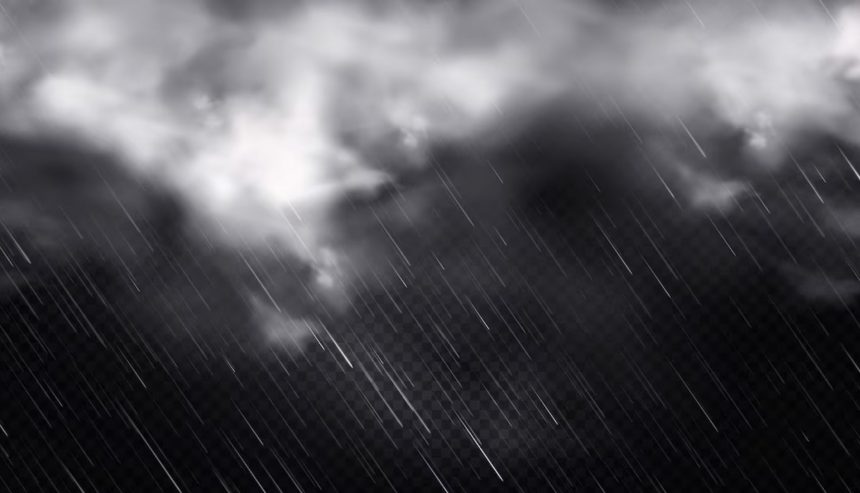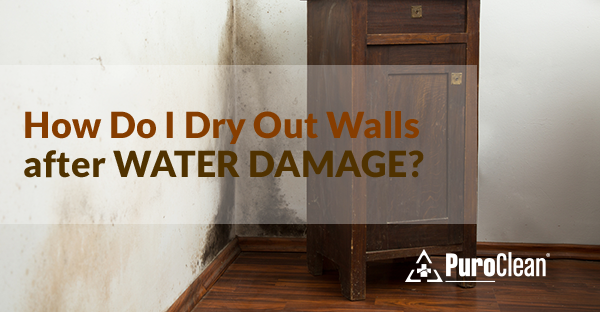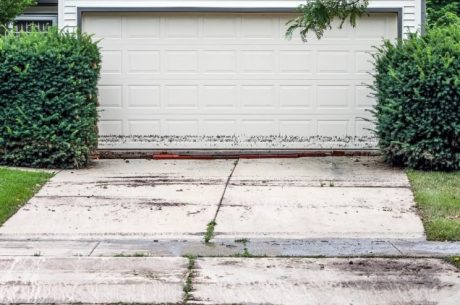Table of Contents
When a severe storm hits, the aftermath can be overwhelming. High winds, heavy rain, hail, or flooding can cause significant damage to your home, leaving you unsure of where to begin. Acting quickly and methodically is crucial to ensuring safety, preventing further damage, and starting the recovery process.
In this guide, we’ll explain what storm damage is, the different types you may encounter, and the essential emergency steps to take after your home has been affected.
What Is Storm Damage?
Storm damage refers to the destruction or harm caused to a property due to severe weather conditions. Storms can bring a variety of hazards, each causing different types of damage:
Common Types of Storm Damage
- Wind Damage
- Torn-off roof shingles
- Broken windows and doors
- Uprooted trees or fallen branches
- Damaged siding or gutters
- Water Damage
- Flooding from heavy rain or storm surges
- Leaking roofs due to damaged shingles
- Basement flooding
- Mold growth from prolonged moisture exposure
- Hail Damage
- Dented roofs, gutters, and siding
- Cracked or shattered windows
- Damaged vehicles and outdoor structures
- Lightning Strikes
- Electrical fires
- Power surges damaging appliances and wiring
- Structural fires if lightning hits flammable materials
- Debris Impact
- Flying objects breaking windows or damaging walls
- Fallen trees crushing roofs or vehicles
- Snow and Ice Damage (Winter Storms)
- Roof collapses from heavy snow accumulation
- Frozen and burst pipes
- Ice dams causing water leaks
Understanding the type of storm damage your home has suffered will help you take the right steps toward repair and recovery.
1. Ensure Safety First
Before assessing any damage, prioritize safety for yourself and your family:
Check for Immediate Hazards
Downed power lines: Never touch or approach fallen wires—assume they are live and dangerous.
Gas leaks: If you smell gas, evacuate immediately and contact the gas company.
Structural damage: Look for cracks in walls, sagging ceilings, or exposed beams that could indicate a risk of collapse.
2. Evacuate if Necessary
If your home is severely damaged (e.g., flooding, fire risk, or structural instability), leave and seek shelter elsewhere.
3. Turn Off Utilities (If Safe to Do So)
Electricity: Shut off the main breaker if there’s flooding or electrical damage.
Water: Turn off the main valve if pipes are broken.
Gas: If you suspect a leak, shut off the gas supply and call professionals.
Storm damage can vary widely—from minor roof leaks to catastrophic structural issues. Knowing what kind of damage your home has sustained will help you take the right emergency steps. Always prioritize safety, document damage for insurance, and seek professional help when needed.
Why You Need a Professional Restoration Company After Storm Damage
When a severe storm damages your home, the immediate aftermath can feel chaotic and overwhelming. While some homeowners may consider handling repairs themselves, hiring a professional storm damage restoration company is often the safest, fastest, and most cost-effective solution. Here’s why:
1. Safety First: Avoiding Hidden Hazards
Storm damage can create dangerous conditions that untrained individuals may not recognize, including:
- Structural instability (weakened roofs, walls, or foundations)
- Electrical hazards (exposed wiring, water near electrical systems)
- Contaminated water (floodwater often contains sewage, chemicals, or bacteria)
- Mold growth (which can start within 24–48 hours)
- Restoration companies have the training and equipment to assess and mitigate these risks safely.
2. Faster, More Efficient Repairs
Time is critical after a storm. The longer water, debris, or structural damage remains unaddressed, the worse—and more expensive—the damage becomes.
Emergency response teams can quickly secure your home with tarps, board up windows, and extract water to prevent further damage.
Professional-grade equipment (industrial pumps, dehumidifiers, and air scrubbers) speeds up drying and reduces mold risk.
Experienced crews work efficiently to restore your home, minimizing displacement time.
3. Proper Water Extraction and Mold Prevention
If your home has suffered flooding or leaks, improper drying can lead to long-term problems:
- Hidden moisture inside walls, under floors, or in insulation
- Mold growth, which poses health risks and requires costly remediation
- Wood rot and structural decay
- Restoration companies use thermal imaging and moisture meters to detect hidden water and ensure complete drying.
4. Handling Insurance Claims Smoothly
Insurance companies often require detailed documentation and professional assessments before approving claims. A restoration company can:
- Provide thorough damage reports (with photos and moisture readings)
- Work directly with adjusters to ensure proper coverage
- Help prevent claim denials by following industry standards
- Attempting DIY repairs before an insurance inspection could void your coverage.
5. Preventing Costly Mistakes
Amateur repairs can lead to:
- Incomplete water removal, causing mold and structural damage later
- Improper roof or window repairs, leading to leaks and energy loss
- Unsanitary conditions if sewage or hazardous materials aren’t handled correctly
- Professionals follow industry best practices to ensure repairs are done right the first time.
6. Comprehensive Restoration Services
A reputable storm damage restoration company offers all-in-one solutions, including:
✅ Emergency board-up & tarping
✅ Water extraction & drying
✅ Mold remediation
✅ Roof & structural repairs
✅ Debris removal & cleaning
✅ Smoke & fire damage restoration (if applicable)
This eliminates the hassle of coordinating multiple contractors.
7. Peace of Mind During a Stressful Time
Dealing with storm damage is emotionally and physically exhausting. A professional restoration team:
- Takes the burden off your shoulders
- Follows safety regulations and building codes
- Guarantees workmanship (many companies offer warranties)
Final Thoughts
While it may be tempting to handle storm damage yourself, the risks of improper repairs, insurance complications, and hidden hazards make professional restoration services invaluable. By hiring experts, you ensure your home is restored safely, quickly, and thoroughly—giving you one less thing to worry about during a difficult time.



